| What are portable fire and gas extinguishers? |
Portable fire and gas extinguishers are handheld devices used to suppress and extinguish fires or gas leaks quickly and effectively in various environments, including maritime, industrial, commercial, and residential settings. |
| How do portable fire and gas extinguishers work? |
Portable fire extinguishers contain agents such as water, foam, dry chemical powder, or carbon dioxide (CO2), which are discharged onto the fire or gas leak to cool, smother, or interrupt the chemical reaction, extinguishing the flames or reducing the concentration of flammable gases. |
| What types of fires can portable fire extinguishers handle? |
Portable fire extinguishers are designed to combat various classes of fires, including Class A (ordinary combustibles such as wood, paper, and cloth), Class B (flammable liquids and gases), Class C (electrical fires), and Class D (combustible metals). |
| Why are portable fire and gas extinguishers important? |
Portable fire and gas extinguishers are essential for fire safety and emergency response, providing a means of quickly containing and suppressing fires or gas leaks before they escalate, minimizing property damage, injuries, and loss of life. |
| What are the components of a portable fire extinguisher? |
The main components of a portable fire extinguisher include a pressurized container, agent (fire-fighting substance), discharge nozzle or hose, pressure gauge, safety pin or tamper seal, and operating instructions. |
| How should portable fire and gas extinguishers be maintained? |
Portable fire and gas extinguishers should be regularly inspected, serviced, and tested by qualified personnel according to manufacturer recommendations and applicable regulations to ensure their reliability and effectiveness in an emergency. |
| Are there regulations governing the use of portable fire extinguishers? |
Yes, maritime authorities, regulatory bodies, and fire safety standards organizations have regulations and guidelines specifying the types, sizes, locations, installation requirements, and maintenance procedures for portable fire extinguishers aboard ships and offshore installations. |
| Where can one purchase portable fire and gas extinguishers? |
Portable fire and gas extinguishers can be purchased from fire protection equipment suppliers, safety equipment distributors, firefighting equipment manufacturers, and online retailers specializing in fire safety products. |
| Can personnel receive training in the use of portable fire extinguishers? |
Yes, personnel should receive training in the selection, operation, maintenance, and proper use of portable fire extinguishers, including techniques for identifying fire types and applying the correct extinguishing agents. |
| What are the best practices for using portable fire extinguishers? |
When using portable fire extinguishers, personnel should follow the PASS method: Pull the pin, Aim the nozzle at the base of the fire, Squeeze the handle to discharge the agent, and Sweep the nozzle from side to side to cover the flames. |


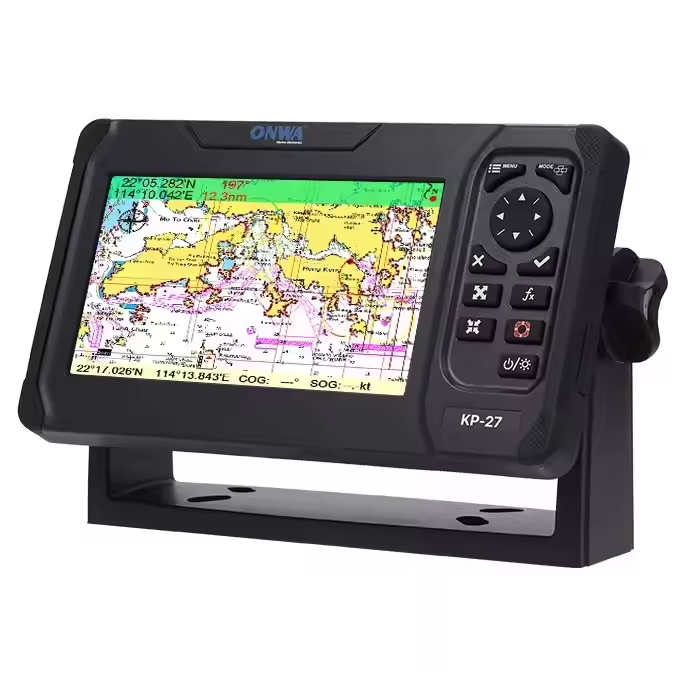
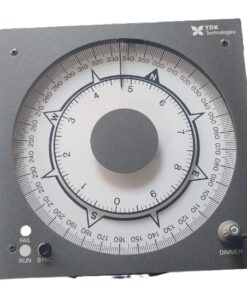
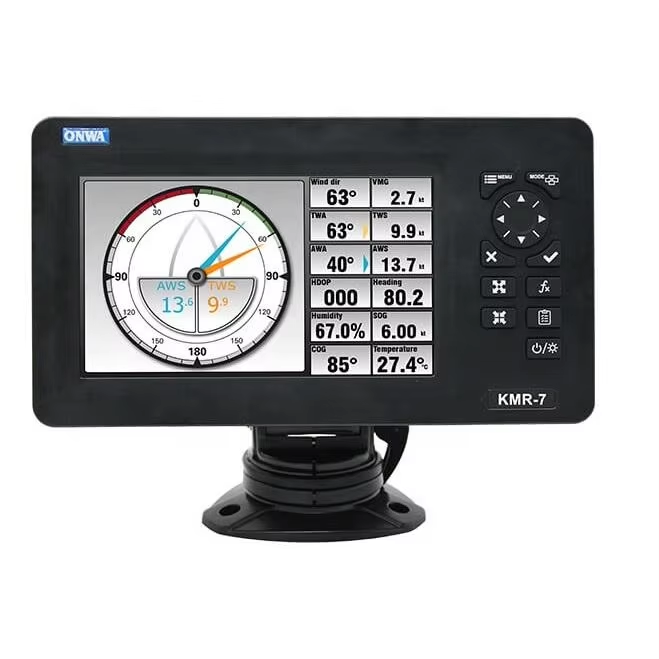
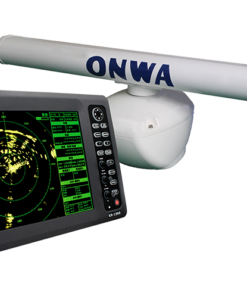
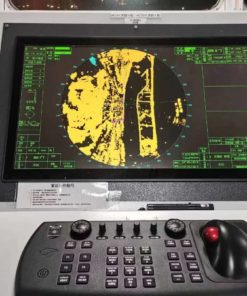
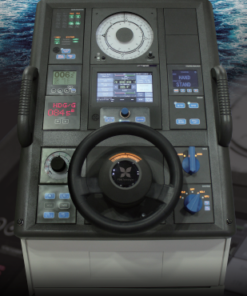
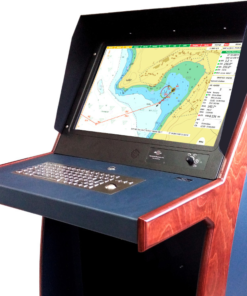
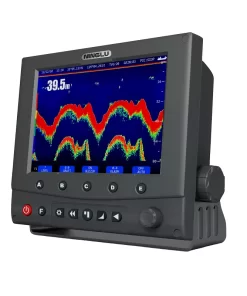
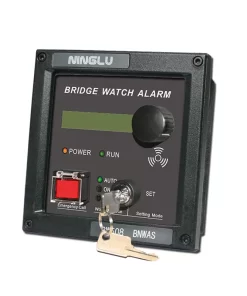
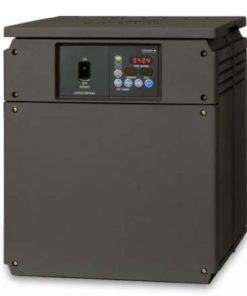
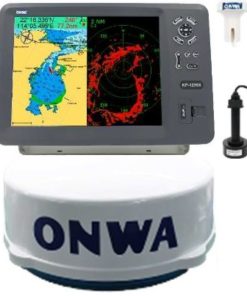
Latest Products
YDK Technologies MKN020 Gyro compass connection box
AED 3,960.0Original price was: AED 3,960.0.AED 2,850.0Current price is: AED 2,850.0.Onwa KM-8X 5-in-1 Marine Bundle Set Radome – GPS, Chartplotter, EchoSounder, AIS, Radar
8-inch GPS Chart Plotter with AIS and Radar
Onwa KM-8A (BUNDLE) 8-inch Color TFT LCD GPS Chart Plotter with Class B+ AIS Transponder MFD [BUNDLE]